VOA慢速英语:研究人员表示大多数新生儿的死亡是可以避免的
From VOA Learning English, this is Science in the News.
I’m Anna Matteo.
And I’m Christopher Cruise.
This week, we report on research that shows most newborn baby deathscould be prevented. Then, we report on the first international plan of action toend newborn deaths. Later, we tell about a call for pregnant and breastfeedingmothers to make sure they are getting plenty of iodine in their diets. And finally, we tell about a possible link between premature birth and a collection ofmostly harmless bacteria.
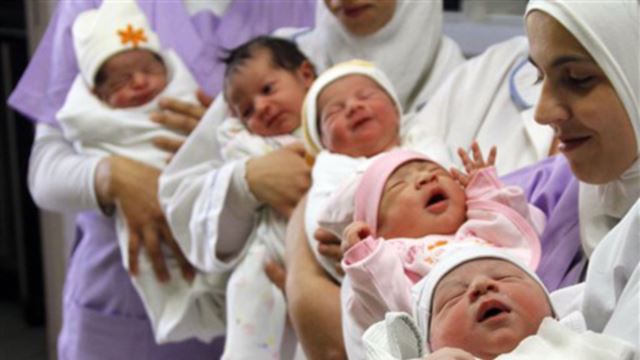 |
|
Nurses hold newborn babies |
Preventing Newborn Deaths
Five-and-one-half million newborn and stillborn baby deaths are reported everyyear. But very little money is being spent on efforts to reduce that number. That was one of the findings of a series of papers published in the Britishmedical journal The Lancet. The findings also show almost all those deathscould be prevented.
Joy Lawn led the research.
“Every year there are 2.9 million babies who die in the first month of life, andmost shockingly a million who die on their birth day -- the first day. And thereare 2.6 million stillbirths -- most shockingly, 1.2 million who die while thewoman is in labor.”
Most of the deaths take place in low- and middle-income countries. But Ms.Lawn notes that newborn and stillborn baby deaths are also an issue in richcountries. For example, the United States has about 500,000 pre-term -- orearly -- births every year.
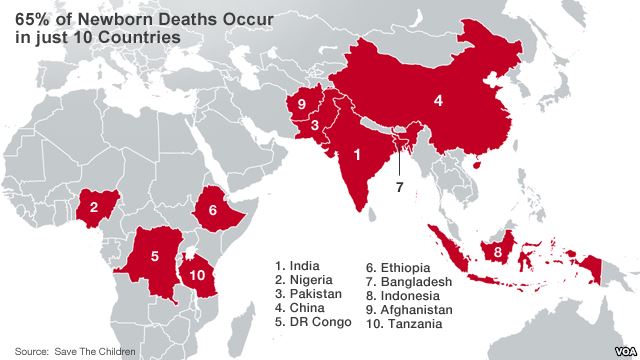 |
|
Top 10 countries for newborn deaths in 2013. |
Joy Lawn is a professor at the London School of Hygiene and TropicalMedicine. She is also an advisor to the aid group Save the Children UK. Shesays many babies and their mothers could be saved for just a few dollars inmedical care.
“Seventy-one percent of newborn deaths can be prevented with solutions that we have already. Three million women, babies -- counting newborns andstillbirths -- could be saved every year with investments at the time of birth.”
That care at the time of birth includes simple things -- like keeping the babywarm and helping him or her learn to breastfeed. Another good idea is tomake sure the baby has skin-to-skin contact with the mother.
Professor Lawn says doctors have known for years that many newborns die. But she says spending to prevent the problem remains low.
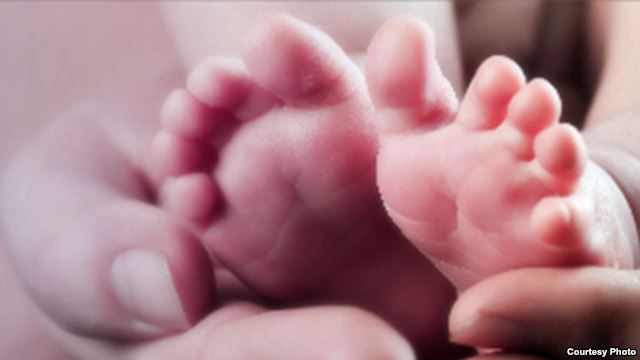 |
|
Every Newborn Action Plan, an international initiative, is set to be launched in June 2014. It's estimated there are 5.5-million newborn and still birth deaths each year. Credit: PMNCH |
“Of the billions of dollars that are given for child survival, only 4% of that donorfunding even mentions the word ‘newborn.’ And yet 44% of under-five deathsare among newborns. So there’s a major mismatch in what the funding isgoing to, compared to where the deaths are now.”
Much of the money is spent on preventing deaths of mothers and children upto age five.
In recent years, it has become more common for hospitals in the UnitedStates to prepare birth records for stillborn babies. Professor Lawn says it isimportant for parents to know that their child has been recognized. However, she says researchers found that, in many developing countries, no suchrecord is kept.
More than 50 experts from 28 organizations in 17 countries took part in theresearch. Their findings were published in the British medical journal The Lancet.
WHO’s Plan to Save Millions of Newborn Lives
Melinda Gates, the wife of American businessman Bill Gates, recently madean appeal for the first international action plan to end newborn deaths. Sheurged delegates to the World Health Assembly in Switzerland to support theNewborn Action Plan.
Health officials agree that many -- perhaps even most -- newborn deaths arepreventable. Yet nearly three million babies die each year within their first 28days of life.
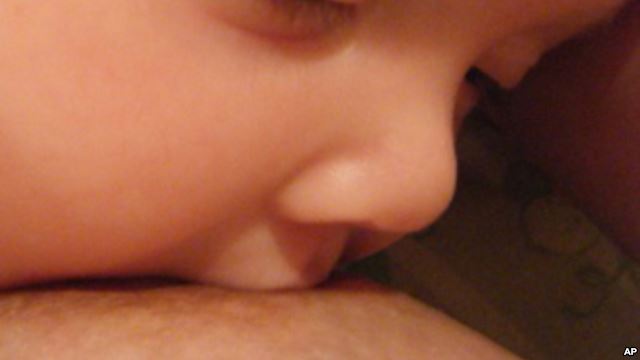 |
Melinda Gates told the meeting that, by approving the action plan, healthministers can immediately begin saving young lives. The delegates voted toapprove the measure.
Ms. Gates told reporters that five low-cost interventions are very effective insaving newborns. They include breastfeeding, stopping and treating infections, and skin-to-skin contact with the mother.
Ms. Gates said three countries -- Ethiopia, Rwanda, and Nepal -- are alreadyputting these steps in place, and reporting some success.
“And simply by using the health care extension worker -- a health communityworker platform that they’ve got -- and focusing on those newborn deaths,they’ve been able to bring down not just under-five mortality, but newborndeath-rates as well. So, we have those as models and the other Africannations and other countries around the world are looking at those threecountries to learn what is actually possible by focusing on this.”
Ms. Gates says the newborn death-rate in Ethiopia has gone down by 28percent since the country began working on the issue six years ago.
One of the United Nations’ Millennium Development Goals is to reduce thenumber of deaths among new mothers and children under five. Greatprogress has been made in reaching this goal. But the World HealthOrganization says South Asia and sub-Saharan Africa still have high numbersof newborn deaths every year. It says India, Nigeria and Pakistan have thehighest numbers.
Melinda Gates says many countries neglect the issue of newborn deathsbecause they are working to reduce the number of women who die duringchildbirth. Ms. Gates said that if there are problems giving birth, health workersfirst try to save the mother. She says it is important to make health workersunderstand that they should work on both the mother and child at the sametime.
The Lancet recently published research that shows in most places, more thanhalf of all child deaths are among newborns.
Many Pregnant, Breastfeeding Women Need More Iodine
The American Academy of Pediatrics says pregnant and breastfeedingwomen should make sure they are getting enough iodine in their diet.
Growing babies -- both before and after birth -- need iodine for braindevelopment. But a new study says about a third of pregnant women in the U.S. are not getting enough iodine, and only 15 percent take pills that givethem the important mineral.
The National Academy of Sciences and the American Thyroid Association saypregnant and breastfeeding women should take vitamins that have at least150 micrograms of iodide. Iodide is a kind of iodine that can easily be taken in by the body. The U.S. Institute of Medicine says a good diet, in addition tovitamin supplements, should give pregnant women 220 micrograms of iodineevery day. It says breastfeeding women should take in 290 micrograms.
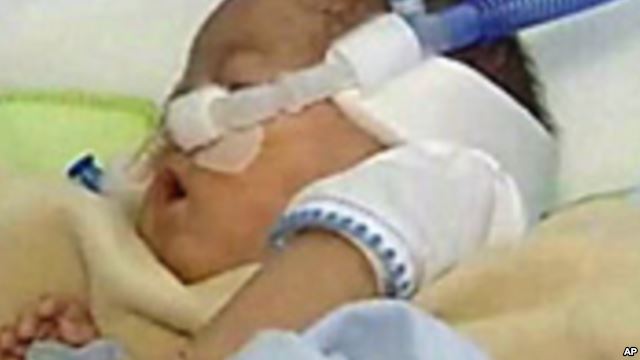 |
Iodine is commonly found in fortified salt. But researchers say many womenget their salt from processed, or prepared, food. They say this kind of saltdoes not contain iodine. They urge pregnant and breastfeeding women to gettested and take extra vitamins to make sure they are getting enough of theelement.
Women who are thinking about having a child should make sure they haveenough iodine because many women do not know they are pregnant early in the pregnancy.
Bad Health, Bacteria in Placenta Could Cause Premature Births
The placenta -- which supports the growing fetus -- may not be as clean asmany medical experts once believed. New research suggests the placentamay contain a collection of bacteria that may affect the pregnancy, and evenpremature births.
Doctors work hard to prevent such births, because the babies often do notweigh very much. If they survive, low-birth-weight infants are at increased riskfor health and developmental issues. They may develop cerebral palsy, lungand gastrointestinal problems, and eyesight and hearing loss.
Researchers at the Baylor College of Medicine in Texas studied the placentaltissue of 320 women. Most of these women gave birth the traditional way --without doctors performing an operation. The researchers say they foundabout 300 different kinds of bacteria in the placenta. Most of them areharmless, and help the baby’s health. Until this discovery, experts believedthat those harmless, and helpful, bacteria, lived in the mother’s vaginal canaland were passed to the baby during birth.
The researchers made another surprising finding. They found that the mix ofbacteria in a newborn is not like the bacteria found in the mother’s vagina.They were able to link the bacteria in the placentas of women who recentlygave birth to microbes in the mothers’ mouths.
Kjersti Aagaard led the research team. She says that may explain why womenwith gum disease often give birth to babies at less than 37 weeks into thepregnancy. The normal pregnancy lasts about 40 weeks.
Ms. Aagaard reported on the study in the journal Science Translational Medicine. She said researchers believe the bacteria from the mouth travelledto the placenta through the mother’s blood.
The placenta is connected to the wall of the woman’s uterus by the umbilicalcord. It is the only organ that forms in adult life and then not used after birth. Itfeeds the fetus as it develops and provides oxygen. It also removes waste andproduces hormones that support the pregnancy.
Kjersti Aagaard says things like smoking and diet have been linked topremature births. Those factors can be controlled by the mother. But otherfactors -- like what is in the placenta -- cannot be controlled. So womenshould not blame themselves for giving birth to premature babies.
“In this situation, we really want women to step away from that, ‘I accept theblame for what happened in this pregnancy,’ and much more one towards, ‘Well, if there are things that put me at risk for pre-term birth that I can change,then I’m going to do everything in my power to change those.’”
By learning more about the placenta before the child is born, researchershope to identify women who may be at high risk for pre-term deliveries.
This Science in the News was written by Christopher Cruise, who alsoproduced our report. It was reported by Joe DeCapua and Jessica Berman inWashington and Lisa Schlein in Geneva.
I’m Anna Matteo.
And I’m Christopher Cruise.
Join us again next week for more news about science on the Voice ofAmerica.
- 频道推荐
- |
- 全站推荐
- 推荐下载
- 网站推荐




















